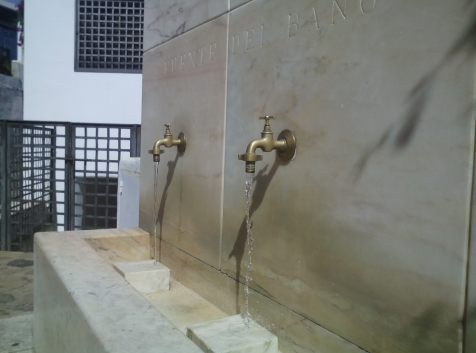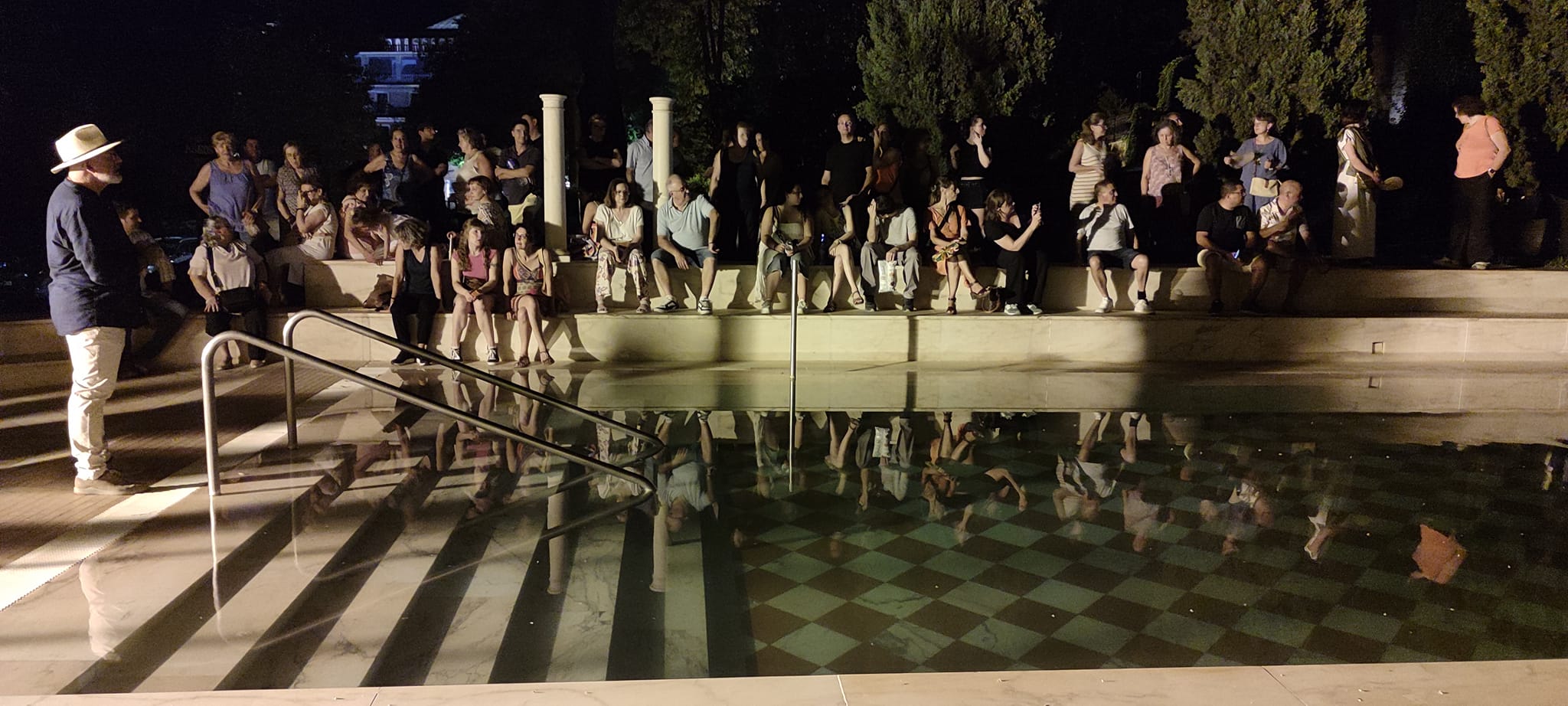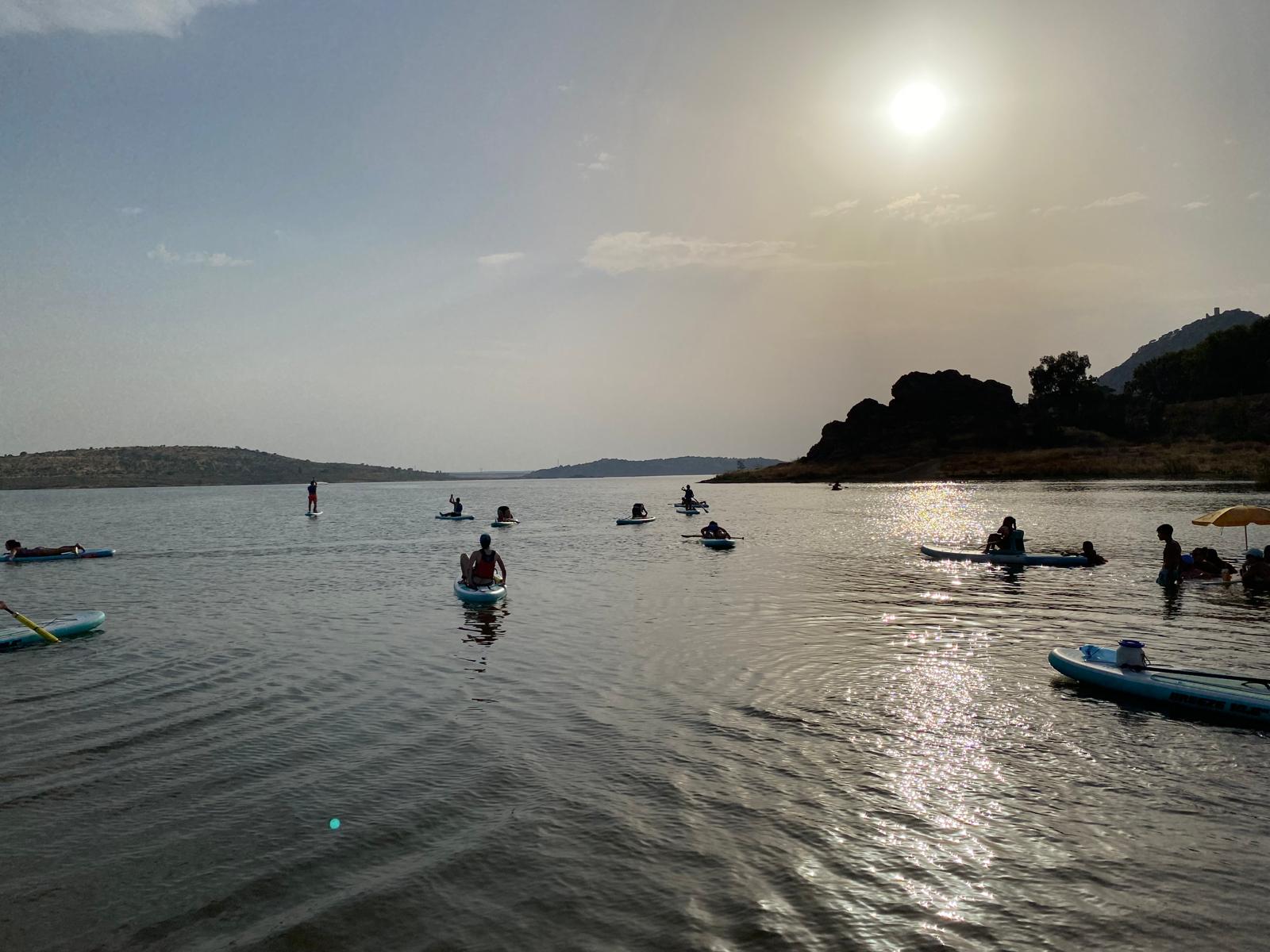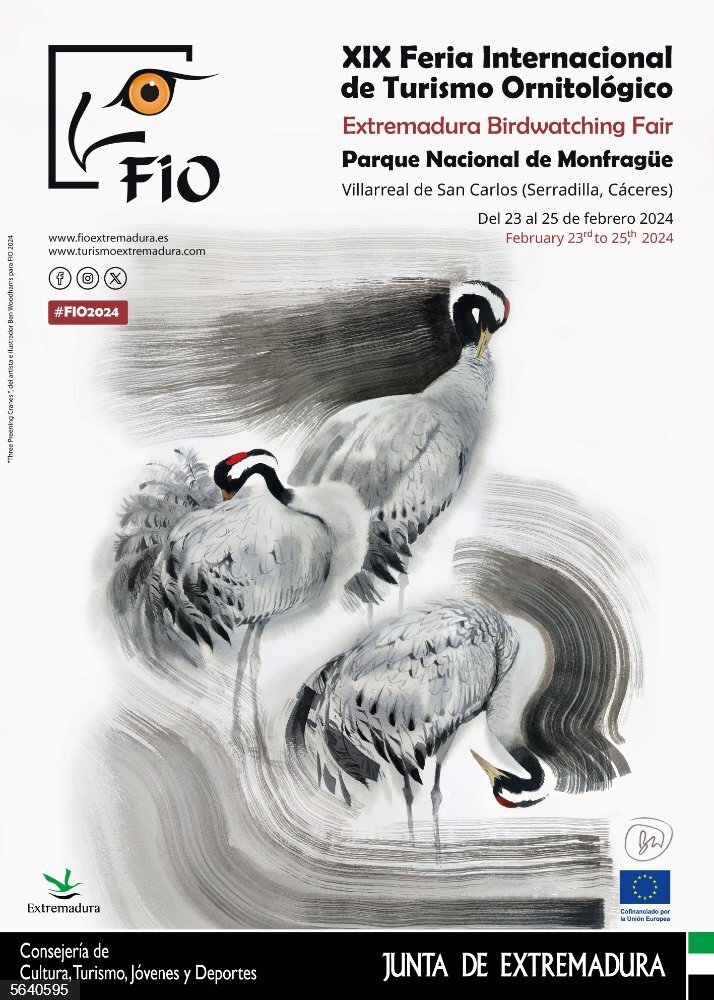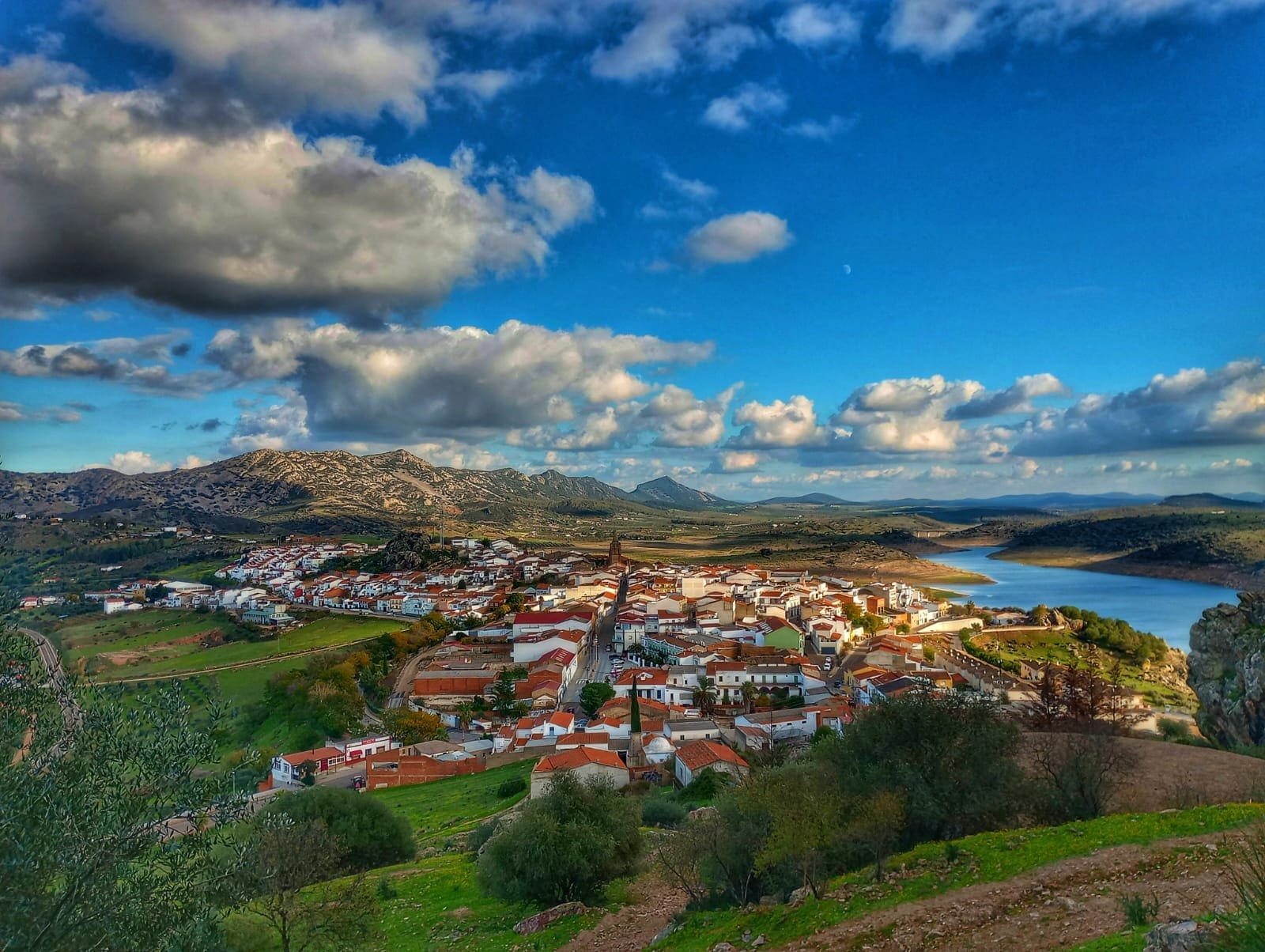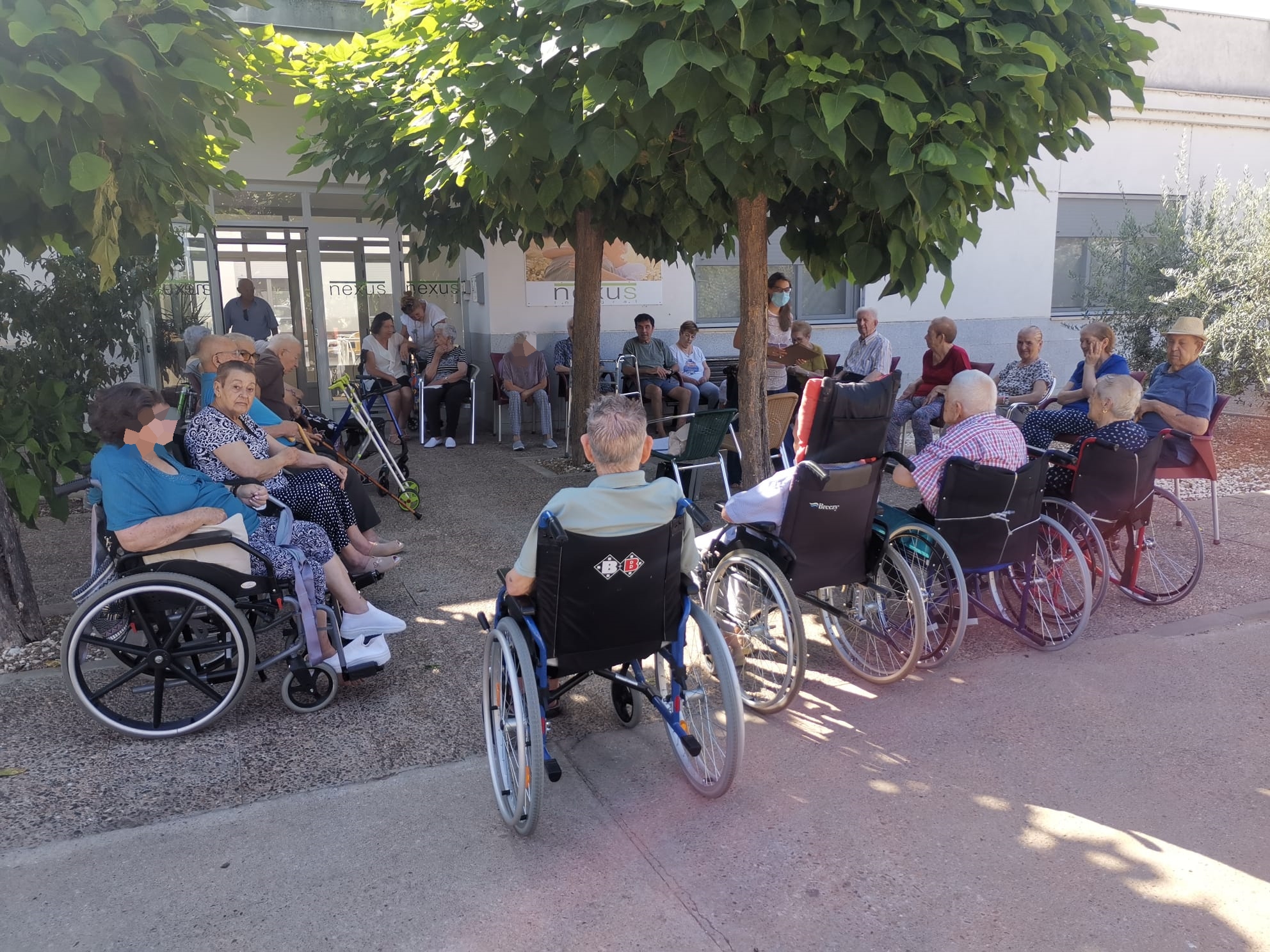Mineral-Medicinal Waters
Alange is rich in underground waters
Mineral-Medicinal Waters
José de Villaescusa (1838-1849) conducted an interesting monograph on these waters, which were also studied by Hernández Pacheco.
Spring: It can be said that the waters emerge from approximately 400 meters deep, with a flow rate of 316 liters/minute. The waters surface at 28ºC, losing temperature at the spring itself and remaining at 24ºC. Due to the depth from which the waters emerge, they carry various chemical compounds such as: calcium bicarbonate, sodium chloride, lithium carbonate, sodium sulfate, and purer elements such as calcium, potassium, magnesium, cadmium, iron, zinc, and fluoride. They also carry alpha radiation, but in very small amounts, just enough to be beneficial. The radon dissolved in the water acts on metabolic processes, altering glandular secretion and correcting physiological imbalances, even through simple emanation.
The main treatment for which these waters are recommended is for the nervous system: migraines, intense headaches, neuralgia, insomnia, nervous exhaustion, depressive states, postmenopausal syndrome,...
But they are also indicated for other conditions: gynecopathies (dysmenorrhea and other diseases), irregularities of the circulatory system (hypertension, artery inflammation), musculoskeletal conditions (arthritis, rheumatism, recovery from general trauma), allergic reactions (hives, general allergic sensitization), and finally, but no less important, respiratory conditions (laryngitis, bronchitis, and asthma).
Monograph on the waters of Julián de Villaescusa.





